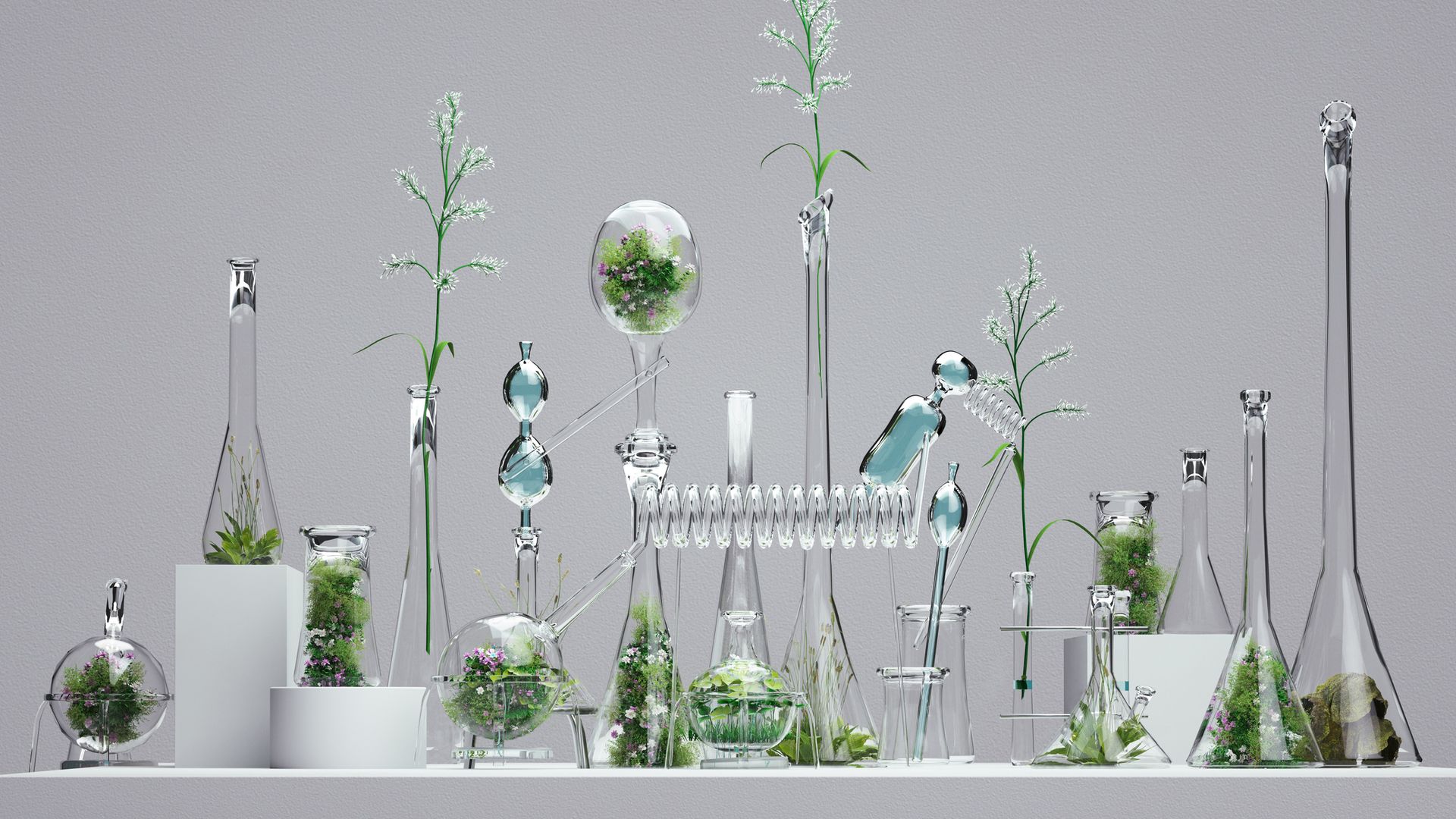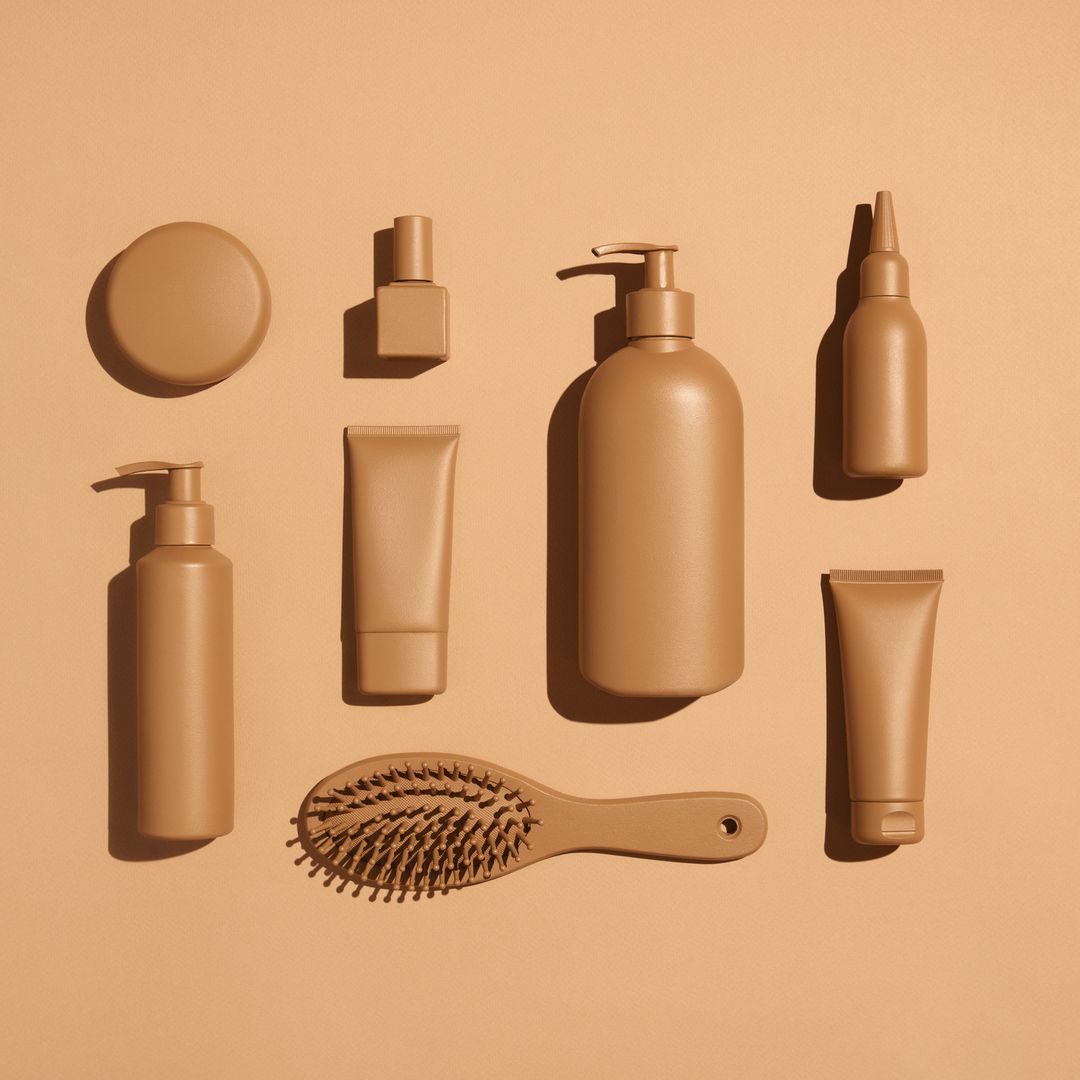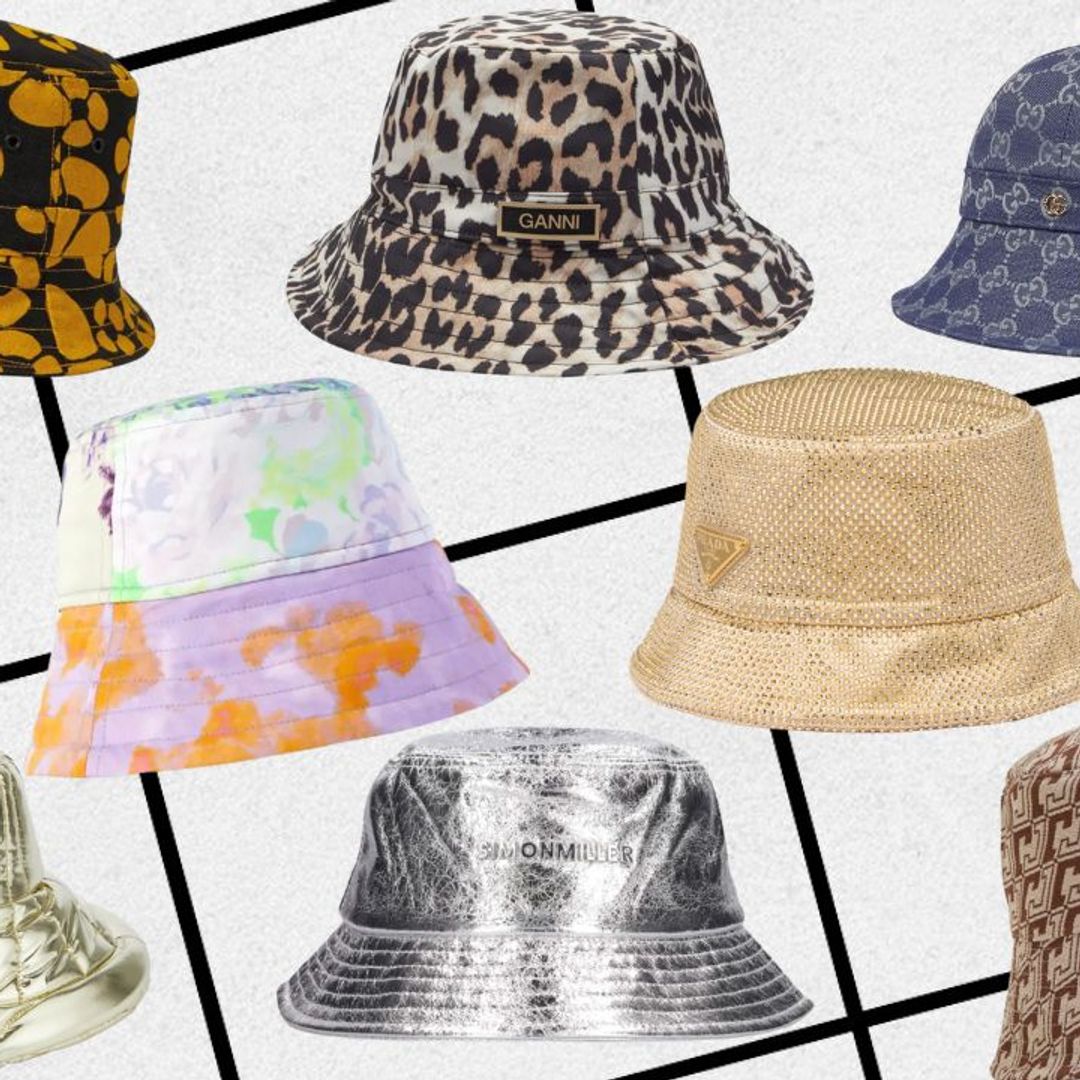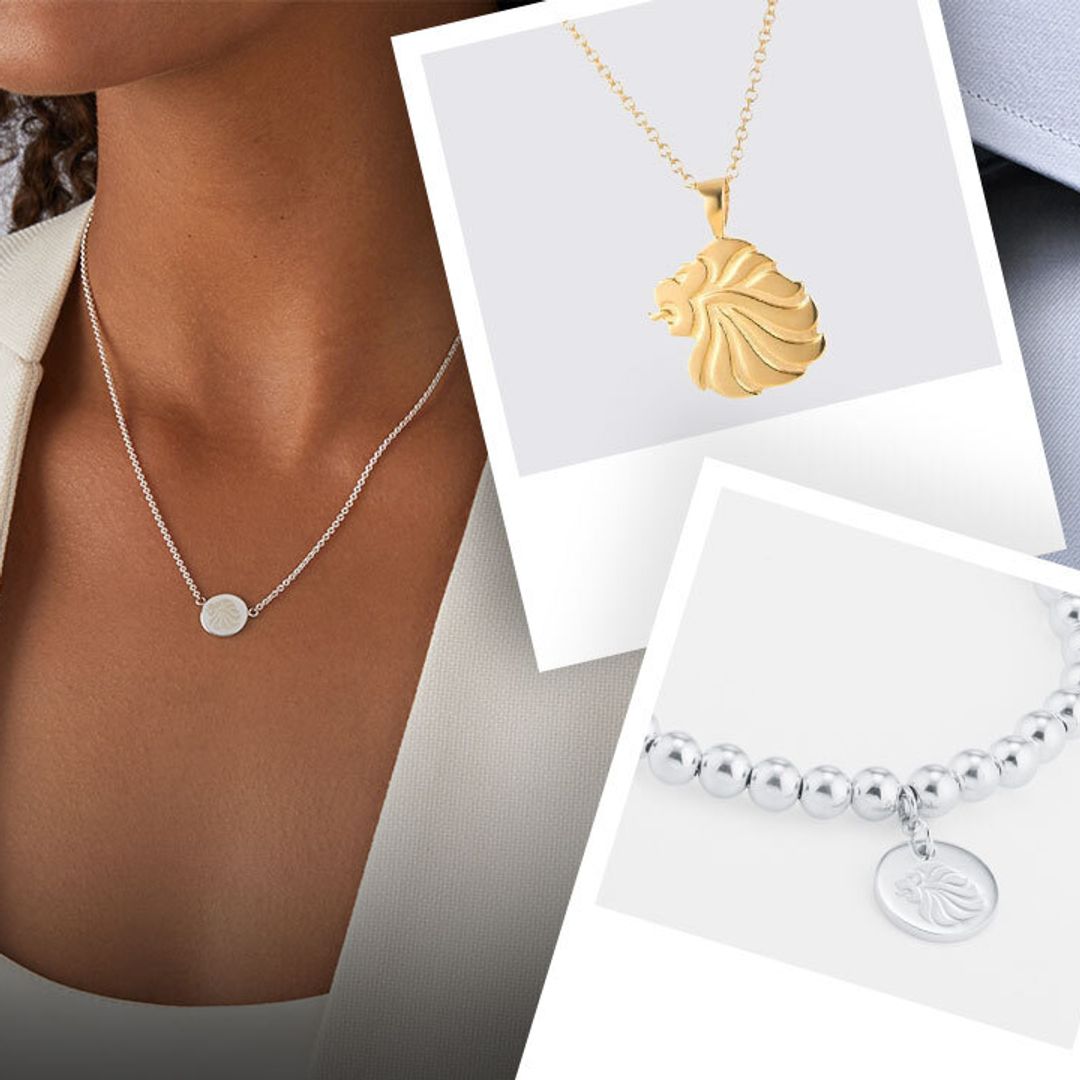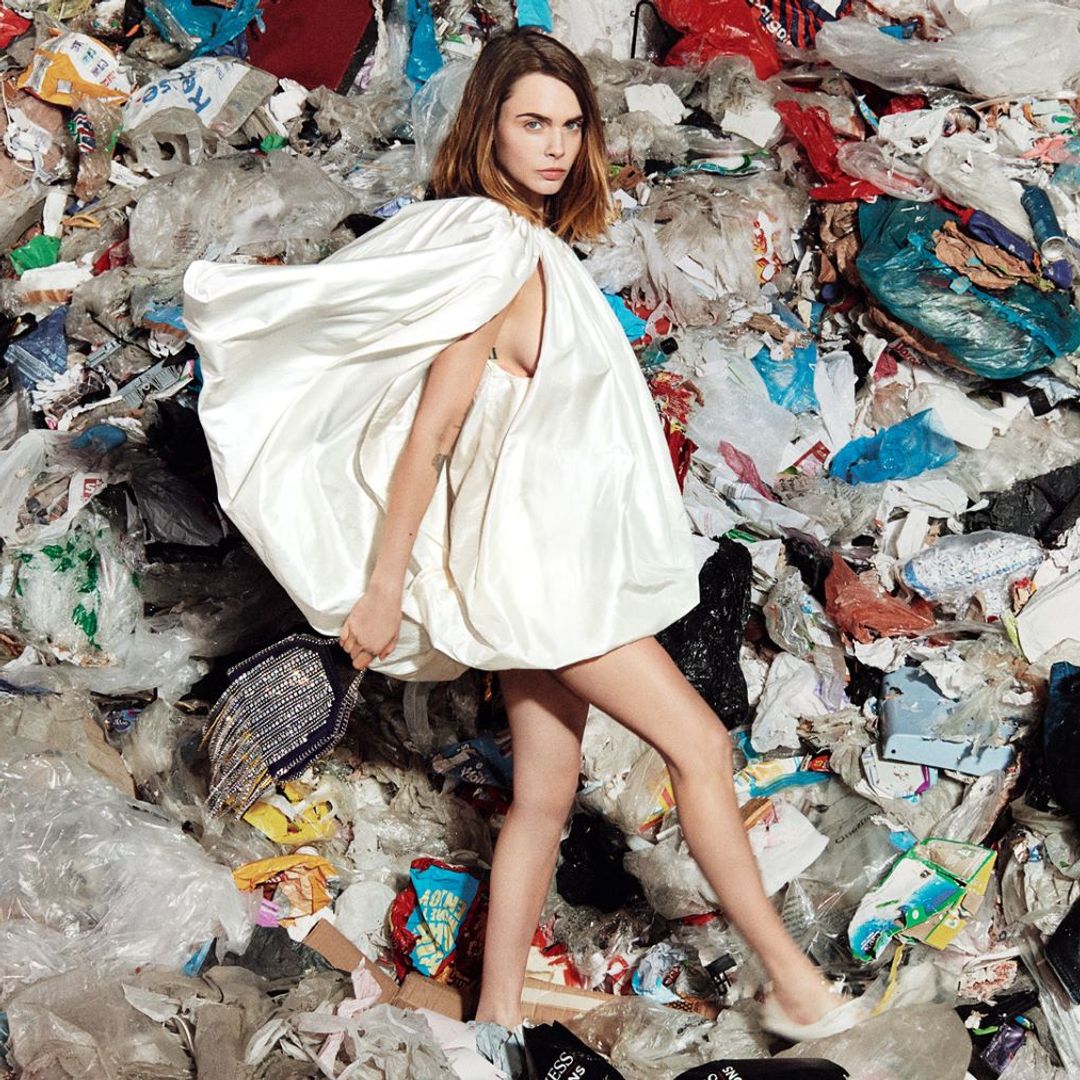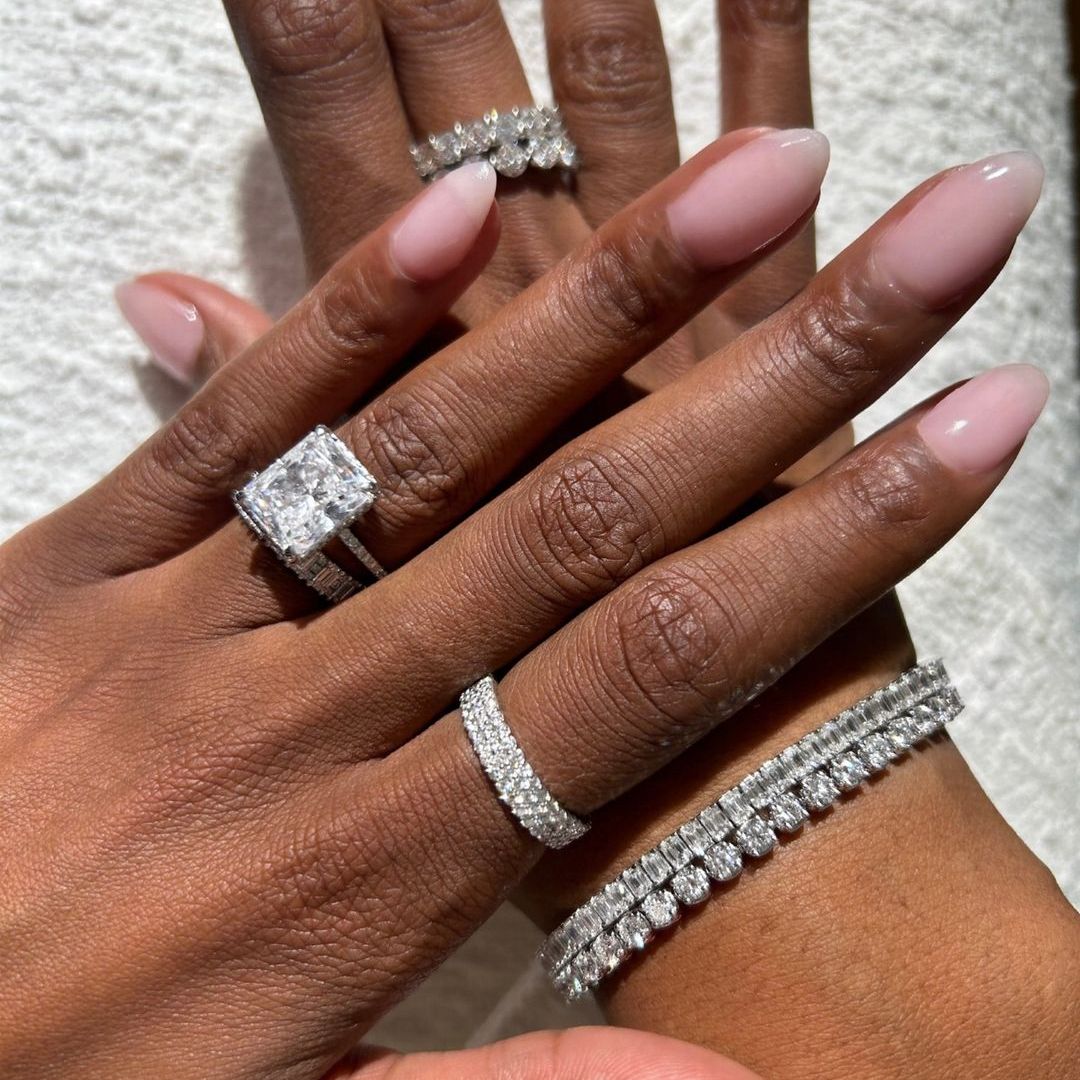These days, many of us are instinctively eco-conscious – from never being caught short without our reusable water bottle and agonising over air miles to understanding the perils of fast fashion and pursuing the perfect sustainable trainer.
Even in the beauty sphere, brands are catering to our growing interest in sustainability. Refillable perfumes, reusable makeup remover pads and innovative vegan formulas are all over the shelves, but how does your recycling routine measure up?
According to Zero Waste Week, a whopping 120 billion units of packaging are produced globally by the cosmetics industry, and yet not nearly enough of it is recycled. The British Beauty Council found that just 14% of packaging makes it to a recycling plant, and an even smaller amount, 9%, is actually recycled - the rest ends up in landfill.
Why is this the case? Some think it boils down to the fact that many of us only have the one bathroom bin, unlike in the kitchen where most have two so they can separate out recyclable items. Others cite the complexity of a beauty product. One single item could easily contain a mix of materials: cardboard sleeves, mirrored glass, foam, plastic pumps, paper inserts and more.
MORE: I'm a beauty journalist and these are the 10 products I will still be using in 2024
READ: Hello! Fashion editors share their beauty must-haves for a spring reset
Which products can be recycled?
The truth is that it is a minefield – even materials that you might instinctively think of as recyclable – glass, for example – may not be. The British Beauty Council's 'Courage to Change' report references instances whereby products are categorically non-recyclable because of their colour, composition and design elements, "chosen to entice or convenience consumers".
Where possible, it's best that you dismantle a product (removing parts like pumps or lids which often cannot be recycled) beforehand.
Plastic bottles
Shampoo, conditioner and shower gel containers vary from brand to brand, but many plastic bottles are recyclable. Look out for the Mobius loop symbol (a triangle composed of three arrows) on the packaging to confirm. Rinse and dry your bottles and recycle in your usual collection.
Aerosols
Dry shampoos and deodorants are often recyclable, just ensure they are completely empty and remove detachable parts like caps or lids beforehand.
Glass pots
In theory, glass can be recycled, although some coloured designs unfortunately can't be. Look out for the Mobius loop as a guide. Rinse out the pot, removing any product residue and pop it into your usual recycling bin. One thing to note is that not all glass products are recyclable - like nail varnish for instance.
Hairdryers and straighteners
Good news – large retailers have been required to accept electricals in store for recycling since January 2021. Check out Recycle Your Electricals for more information, but if your product is marked with the crossed out wheelie bin symbol, this indicates that it can be sent to a separation facility for recovery and recycling.
Where to take them
Plenty of brands these days are taking account by offering free in-store recycling services. The British Beauty Council has a super handy interactive map that tells you the location of your closest recycling point, but in London alone, there are stores by Mac, L'Occitane, Boots, Holland & Barrett and Superdrug on the list.
Some retailers even offer shoppers incentives if they bring empties in-store. John Lewis, for instance, is leading the way with its BeautyCycle scheme. Excluding glass and aerosols, you can bring five (or more) clean beauty empties in store in exchange for store credit. For My John Lewis members, when you are spend £20 or more on beauty, you can hand over your five empties and receive £5 off your purchase.
Luxury goods retailer Harrods has a similar scheme, offering MyBeauty members 500 bonus Rewards, redeemable against purchase, if they bring in five or more empties.
Great to have on your radar ahead of your next beauty splurge...
What can you do with non-recyclable products?
If your bathroom cabinet is well overdue a declutter, you may like to consider getting your hands on one of TerraCycle’s Zero Waste Boxes. You simply order your preferred size of box, then fill it with caps, jars, tubes and bottles to your heart’s content. You send it back to them, and they safely recycle your empties.
Like this story? Sign up to our Hello! Fashion newsletter to get your weekly 'Fashion Fix' delivered straight to your inbox.
